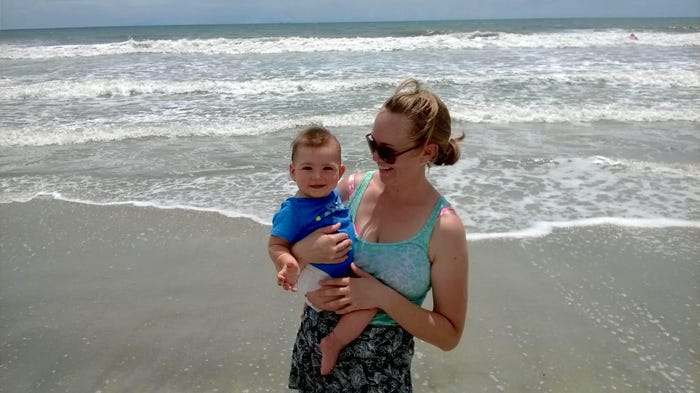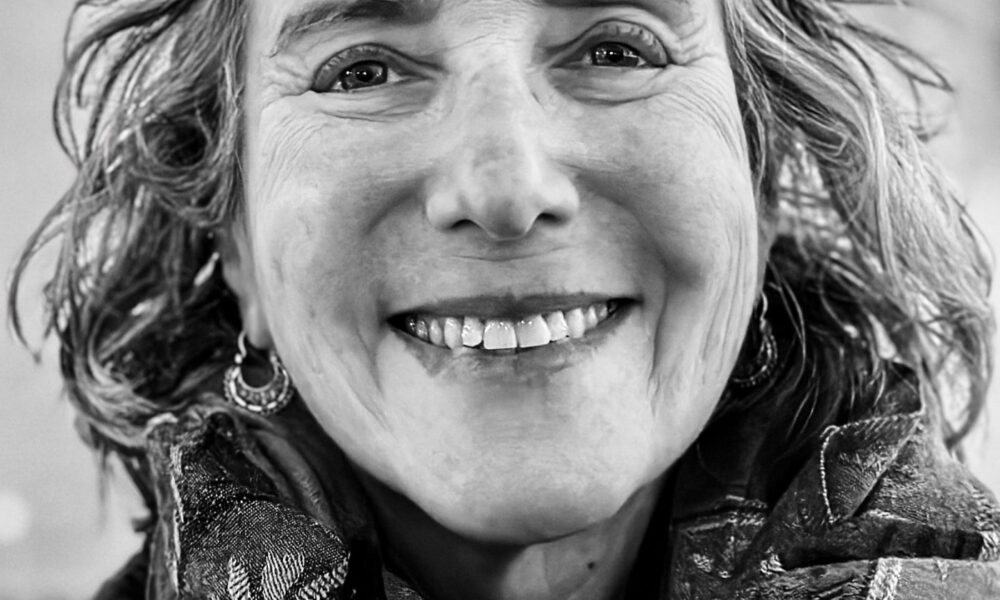A recent study reveals that an increasing number of cancer survivors are turning to crowdfunding as a means to finance their treatment and living expenses. Despite the growing trend, only one in nine crowdfunding campaigns successfully met their fundraising goals, casting doubt on the effectiveness of this financial support method. The findings were published in the November issue of the Journal of the National Comprehensive Cancer Network.
According to Jason Zheng, lead researcher and senior principal scientist of health services research at the American Cancer Society, “The use of crowdfunding is growing, and shortages between financial assistance requested and received are substantial, underscoring unmet financial needs among cancer survivors in the U.S.” Despite this trend, Zheng notes that only a small fraction of the more than 18 million cancer survivors in the U.S. have initiated crowdfunding campaigns for financial assistance.
To conduct the study, researchers analyzed over 78,000 cancer-related fundraising stories on GoFundMe from January 2021 to February 2023, collecting donation records for 90 days. They discovered that approximately $506 million was raised from nearly 4.5 million donation records. However, this figure accounted for less than 35% of the total financial assistance requested, which added up to nearly $1.5 billion. The median fundraising goal was set at $10,000, while the median amount received was only $4,000, indicating a significant gap between expectations and reality.
Less than 12% of campaigns reached their financial targets within the designated 90-day timeframe. Zheng highlighted that although cancer-related crowdfunding campaigns raised substantial amounts, it represents less than 5% of estimated patient out-of-pocket costs annually. “Utilizing the private market may help some patients, but public health policies are needed to make healthcare affordable for all patients with cancer,” he stated.
Interestingly, the cancers that received the highest financial assistance through crowdfunding included pancreatic, blood, and brain cancers. These types of cancers, while not the most commonly diagnosed, are among the most expensive to treat. Researchers pointed out that “for individuals with a cancer history, out-of-pocket costs are expected to continue rising as treatment costs increase and health insurers increasingly shift costs to patients.”
The study also revealed concerning statistics regarding the economic conditions of cancer survivors. Approximately 12% of cancer survivors in the United States live in poverty, and two-thirds of adult survivors and their family members with medical debt have had to reduce spending on essential items such as food and clothing.
The findings underscore the reliance on crowdfunding for medical care and basic needs, as well as the high prevalence of unmet fundraising goals. Zheng and his team concluded that this trend highlights the financial precarity faced by cancer survivors and the fragility of existing safety nets in the United States.
This study sheds light on the challenges that cancer survivors face in securing adequate financial support for their treatment needs, emphasizing the urgent need for comprehensive public health policies to address these issues. More information on this research can be found in the study titled “Cancer-Related Crowdfunding Economy in the United States,” authored by Zhiyuan Zheng et al., published in the Journal of the National Comprehensive Cancer Network (2025).







